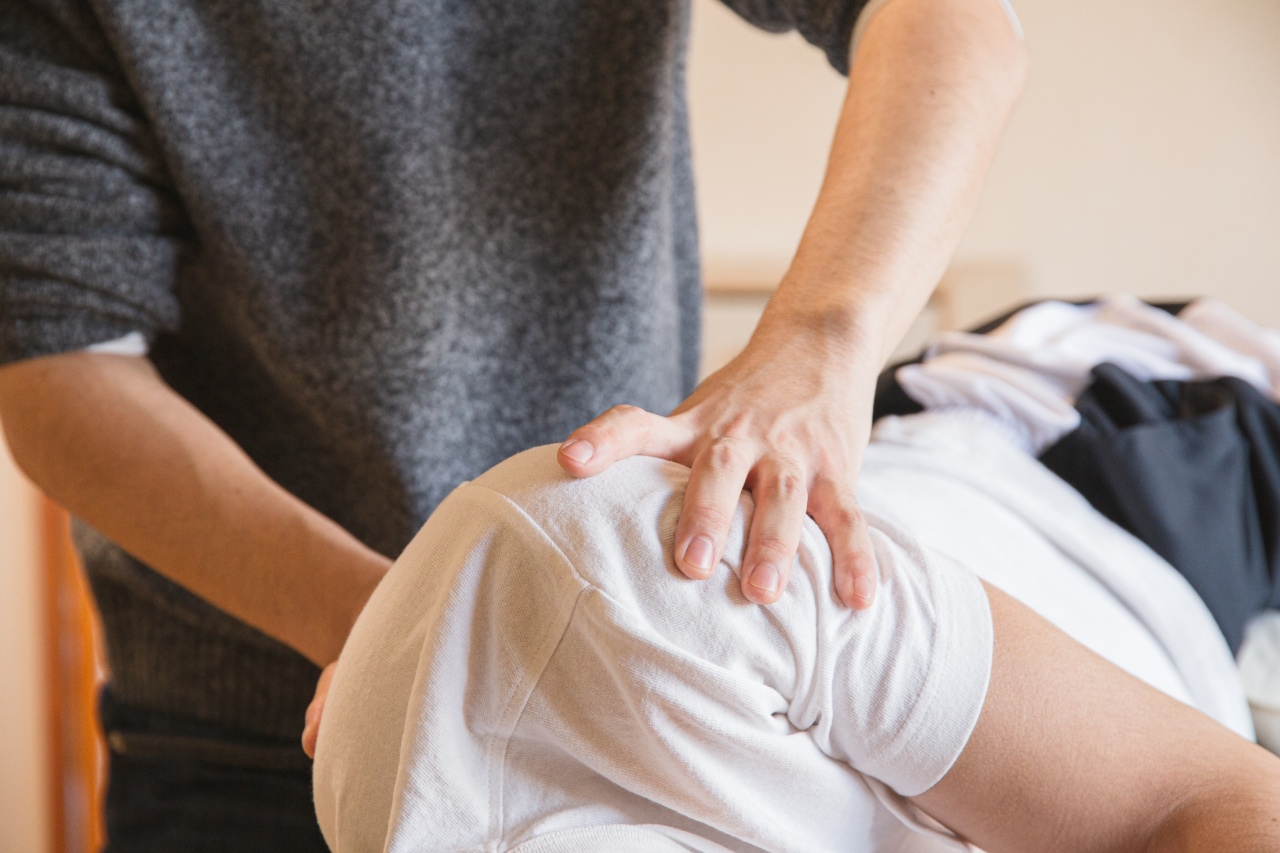Swimming is a popular form of exercise for people of all ages. However, swimmers are prone to developing shoulder pain due to overuse and poor technique. Swimmer’s shoulder pain can be debilitating and may require medical attention.
In this article, we will discuss the causes, symptoms, and treatment options for swimmer’s shoulder pain.
What is Swimmer’s Shoulder Pain?
Swimmer’s shoulder pain is a common injury among swimmers. It is a type of overuse injury that occurs due to repetitive strain on the shoulder joint and surrounding tissues.
Swimmer’s shoulder pain can develop gradually or suddenly, and the severity can vary from mild to severe. The pain is usually felt in the front of the shoulder and may radiate down the arm.
Causes of Swimmer’s Shoulder Pain
Swimmer’s shoulder pain is caused by repetitive overhead movements of the arm during swimming. The risk of developing swimmer’s shoulder pain is higher in swimmers who do a lot of freestyle and butterfly strokes.
The following are some of the causes of swimmer’s shoulder pain:.
- Poor swimming technique
- Overtraining or swimming too much
- Using worn-out or ill-fitting equipment
- Weakness or imbalance of the shoulder muscles
- A history of shoulder injuries
- Genetic predisposition to shoulder problems
Symptoms of Swimmer’s Shoulder Pain
The symptoms of swimmer’s shoulder pain may vary depending on the severity of the injury. The following are some common symptoms:.
- Pain in the front of the shoulder during or after swimming
- Shoulder stiffness and limited range of motion
- Weakness of the shoulder muscles
- Swelling and tenderness of the shoulder joint
- Popping or clicking sound during shoulder movement
Diagnosis of Swimmer’s Shoulder Pain
If you have persistent shoulder pain after swimming, you should see a doctor for diagnosis and treatment.
The doctor will perform a physical examination of your shoulder and may order imaging tests such as an x-ray, MRI, or ultrasound to determine the extent of the injury.
Treatment Options for Swimmer’s Shoulder Pain
The treatment for swimmer’s shoulder pain depends on the severity of the injury. The following are some treatment options:.
Rest and Ice
If you have mild swimmer’s shoulder pain, rest and ice may help relieve the symptoms. You should avoid swimming and other activities that aggravate the pain for a few days.
Applying ice to the affected area for 20 minutes at a time, several times a day, can also help reduce swelling and pain.
Physical Therapy
If the swimmer’s shoulder pain is severe, physical therapy may be necessary. A physical therapist can help strengthen the shoulder muscles and improve range of motion.
The therapist may also use techniques such as ultrasound, massage, or electrical stimulation to relieve pain and promote healing.
Medications
Over-the-counter pain relievers such as ibuprofen or acetaminophen may help relieve swimmer’s shoulder pain. However, you should not take these medications for an extended period without consulting a doctor.
Surgery
In rare cases, surgery may be necessary to treat swimmer’s shoulder pain. Surgery is usually recommended if other treatment options have failed to relieve the pain.
Surgery can help repair or replace damaged tissues and improve the shoulder’s stability and range of motion.
Preventing Swimmer’s Shoulder Pain
Swimmer’s shoulder pain can be prevented by taking the following precautions:.
- Improving your swimming technique
- Avoiding overtraining and taking regular breaks
- Using appropriate swim gear and replacing worn-out equipment
- Strengthening the shoulder muscles through regular exercise
- Warming up before swimming and stretching after swimming
Conclusion
Swimmer’s shoulder pain can be a debilitating injury for swimmers. The injury can be prevented by taking appropriate precautions, such as strengthening the shoulder muscles, improving swimming technique, and using appropriate swim gear.
If you develop swimmer’s shoulder pain, it is important to see a doctor for diagnosis and treatment options. Rest, ice, physical therapy, and medications may help relieve the symptoms of swimmer’s shoulder pain. Surgery is usually reserved for severe cases that do not respond to other treatment options.




























